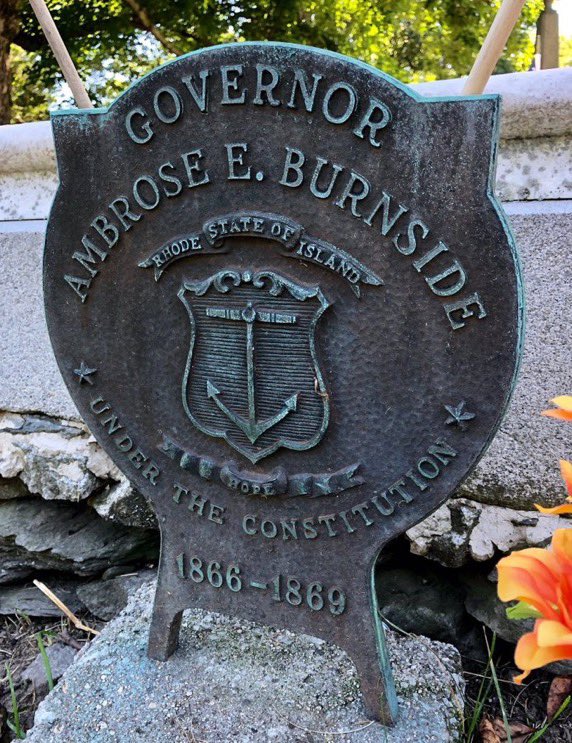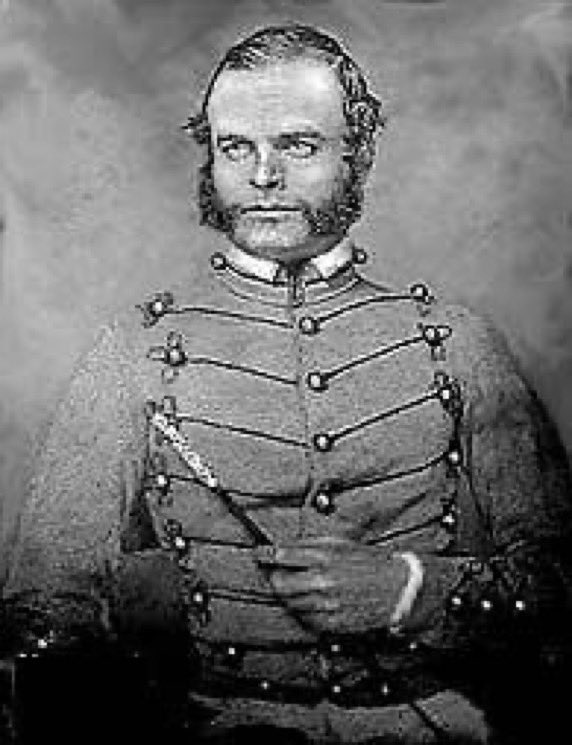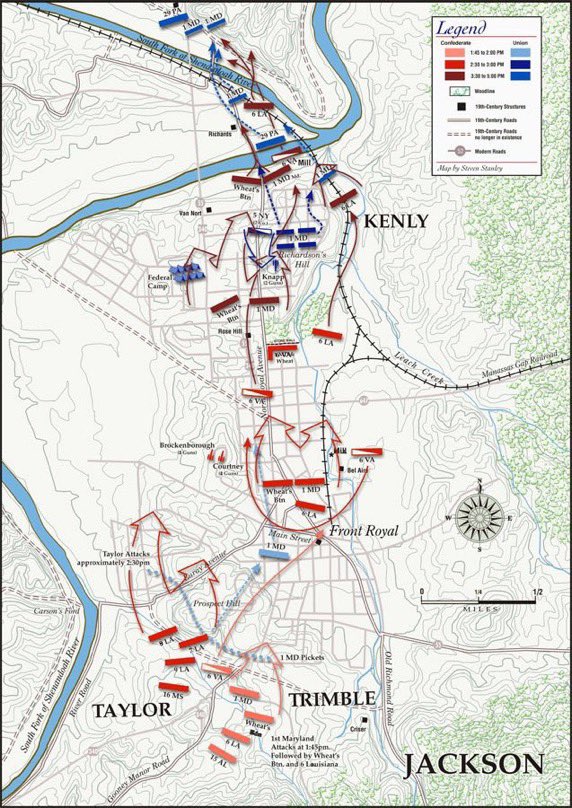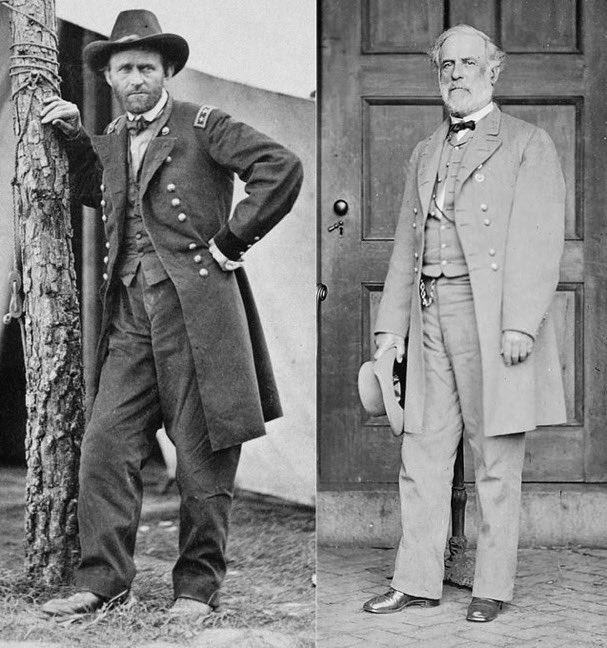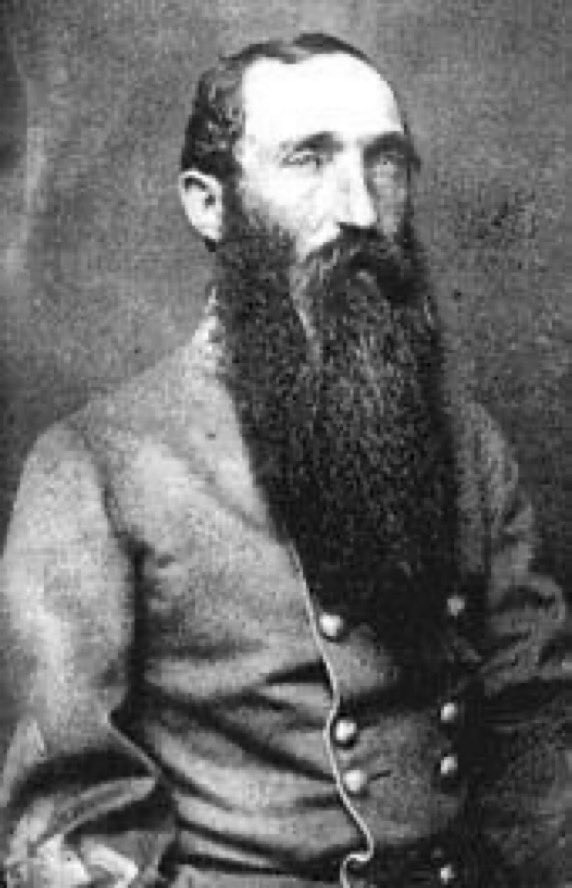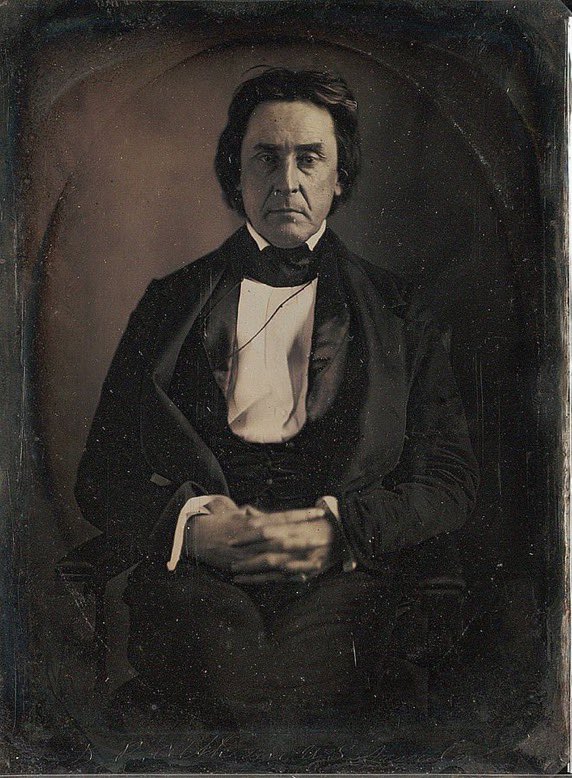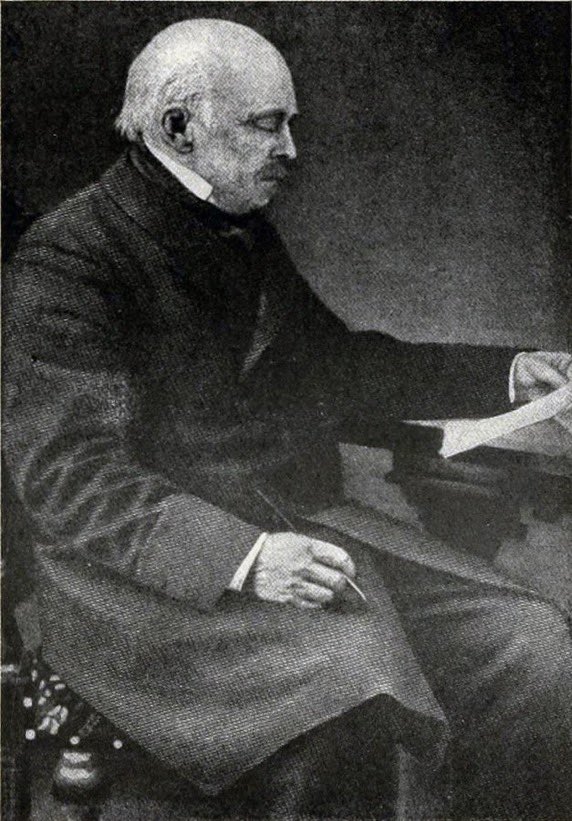Representative Preston Brooks beat Senator Charles Sumner with a cane on the floor of the US Senate #OTD in 1856. The violent attack is considered a key turning point in the breakdown of discussion between abolitionists and pro-slavery groups in the years before the #CivilWar.🧵 





Two days earlier, Sumner had given a lengthy speech critical of slaveholders and of the politicians responsible for the Kansas-Nebraska Act of 1854, including Brooks' cousin, Senator Andrew Butler. 





Brooks was enraged at the insult to his family. After consulting with two colleagues, Reps. Laurence Keitt and Henry Edmundson, Brooks determined that Sumner was not worthy of challenging to an honorable duel, and instead determined to humiliate him by beating him publicly. 



Brooks, accompanied by Keitt and Edmundson, entered the Senate chamber on the afternoon of May 22, and waited for the gallery to clear before announcing to Sumner that he had insulted South Carolina and libeled his cousin. Before Sumner could stand up, Brooks hit him in the head. 



He used a heavy wooden walking stick with a gold head. The first blow blinded Sumner, who was trapped under his desk that was bolted to the floor. Brooks continued to hit him, snapping the cane into several pieces. After Sumner finally collapsed, Brooks was restrained and left. 



Arrested & convicted of the assault, he was sentenced to a fine of $300 and no jail time. He resigned his seat in Congress to allow his constituents the chance to approve or condemn his actions. They reelected him overwhelmingly, but he died of croup before reassuming office. 

The cane was recovered and reconstructed, and is on display at the Old State House (@OSHBoston ) in Boston. 

• • •
Missing some Tweet in this thread? You can try to
force a refresh

 Read on Twitter
Read on Twitter



